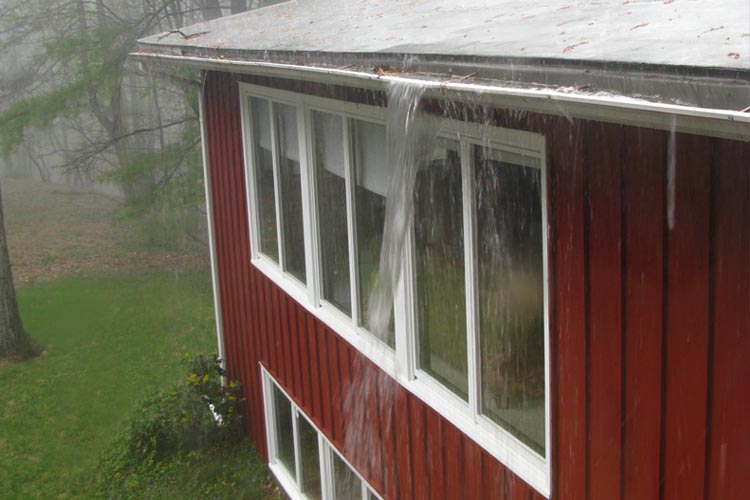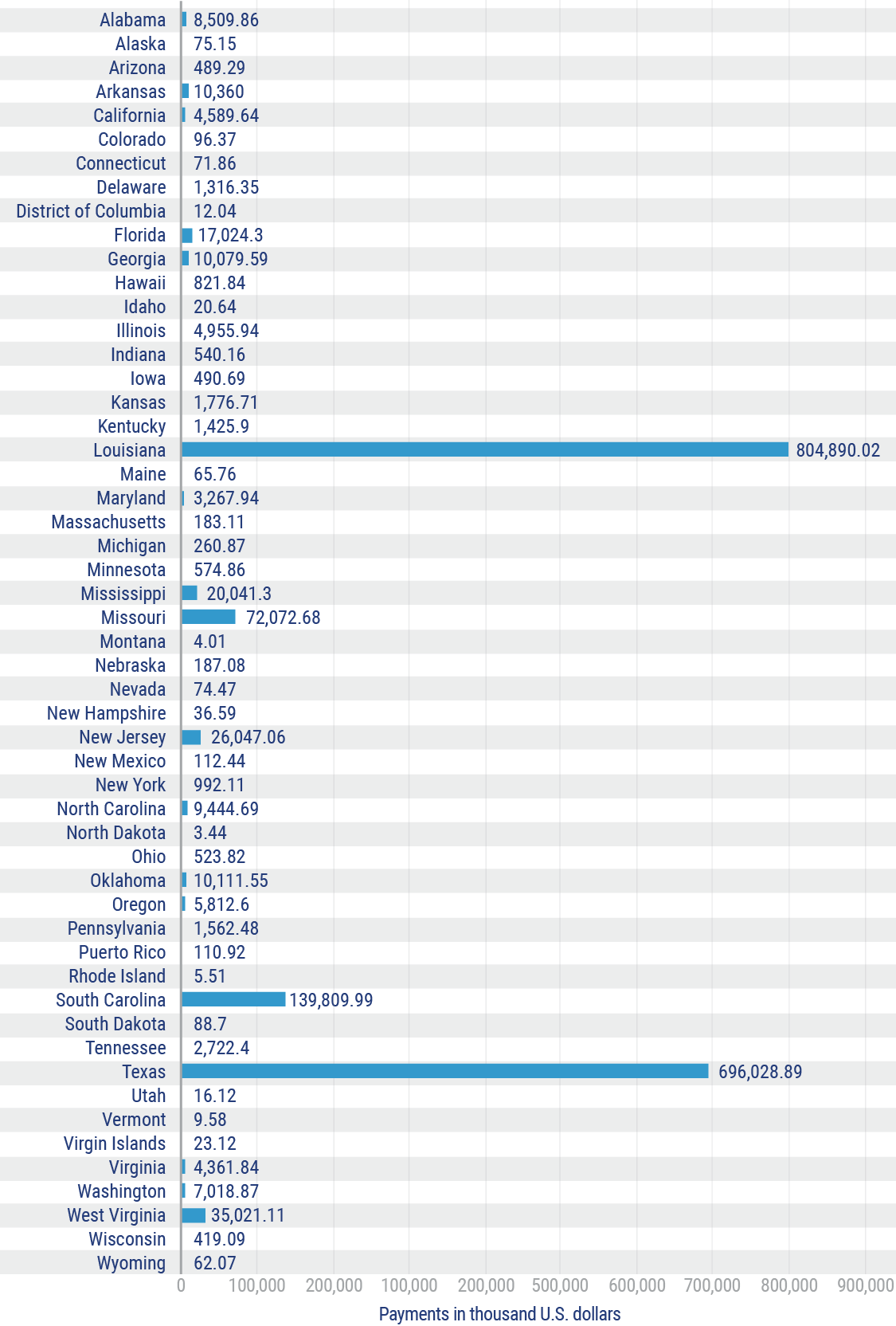
As climates continue to change, the risk of flash flooding continues to increase, especially in New Jersey. In November of 2018, certain areas experienced up to nine inches of rain, making for the state’s wettest November on record in over a century. With that in mind, perhaps it’s time to become more familiar with just what flash floods are all about and how exactly they affect New Jersey residents.
No one ever wants to have to deal with a natural disaster, but having a better understanding of flash floods can not only help to clear up any confusion, but also equip you with the confidence to handle them. Check out this handy guide on New Jersey flash floods so you can be better prepared if disaster strikes.
What Is a New Jersey Flash Flood?
Flash floods are the most dangerous type of flooding due to their rapid and unpredictable nature. Flash floods come on very fast, often leaving town residents little time to prepare for potential damage or even evacuation. These disasters have two main components that set them apart from other kinds of flooding.
These characteristics distinguish flash floods from other flooding:
- Flash floods begin fast: The National Weather Service defines flash floods as flooding that begins within six hours of heavy rainfall or other disasters. Though this is already a tight window, flash floods commonly begin within just three hours of excessive water accumulation due to thunderstorms, hurricanes, or other disasters.
- Flash floods' waters move quickly: Beyond just the speed at which a flash flood begins, the speed at which the water moves (often nine feet per second) is another extremely dangerous component. Fast-moving flood waters can cause as much damage as heavy wind gusts and move extremely heavy objects such as cars or boulders.
Basically, when it comes to setting flash floods apart from other flooding, it’s all about speed. The quick nature of flash flooding makes it all the more crucial to understand these disasters.
Flood Damage Statistics in New Jersey
Number of natural disasters in the United States in 2018, by type

Flood insurance claim payments in the United States from October 1, 2015, to September 30, 2016, by state (in thousand US dollars)

In 2018, floods and flash floods were the second most common natural disaster in the US behind severe thunderstorms. Thanks (or not) to New Jersey’s location on the Atlantic Coast, the state’s at a much higher risk of flooding than areas of the country that are further inland.
Here are some quick flood statistics for New Jersey:
- Between October 1st, 2015, and September 30th, 2016, flood insurance claims paid out a total of $26,047.06 for damage in New Jersey alone.
- A total of 207 flood insurance claims were made between October 1st, 2014, and September 30th, 2015, in New Jersey alone.
- In 2018, Business Insider ranked New Jersey as the number one most expensive state for projected flood damage by 2030.
- The National Oceanic and Atmospheric Administration projects New Jersey to suffer $10.4 billion in property damage due to flooding by the year 2030.
- New Jersey downpours commonly dump more than five inches of rain in certain areas.
Clearly flooding is a common and costly issue for New Jersey. Understanding the state’s flood zones can help keep you safe during these disasters.
How to Find Your Flood Zone in New Jersey
In order to better prepare for flooding, you might want to know if you live or work in a flood zone. Flood zones are determined by the Federal Emergency Management Agency (FEMA) according to various criteria, and are marked on the official website’s map.
- A-Zones: Indicate inland flood zones. These areas are not located along the coast but still are at risk of flooding.
- V-Zones: Indicate beach zones. These areas are commonly struck by waves and storms and carry a much higher risk of flooding.
- X-Zones: Indicate areas that are remote or not expected to flood. That being said, 30% of all FEMA’s payouts for flood damage go to properties within these zones.
FEMA determines flood zones by studying storm trends over time in each location and by consulting hydrologist studies. You can easily locate your specific flood zone through FEMA’s Map Service Center on their official website. Just input your address to view your community’s map. It’s important to determine not only your specific zone, but also the surrounding zones and any potentially hazardous areas near you.
What Areas of New Jersey Flood the Most?
While it’s easy to pull up an official map online, it’s also helpful to be familiar with areas of your state that are famously prone to flooding. New Jersey has a few flooding hotspots that you may want to avoid in times of heavy rainfall, such as:
- Areas along the Passaic river
- Wayne Township
- Lincoln Park
- Pompton Lakes
- Little Falls
- The Jersey Shore (especially the Wildwood beachside communities)
That being said, pretty much the entire state is at risk of frequent flooding. Check out this map from FEMA, indicating the flood frequency per county in each state:
Frequency of Flood Events by County: 1996-2013

Basically all of New Jersey falls into the 21-100 range, with a few counties nestled in the 101-4114 range. So while knowing your specific flood zone is important, in a state like New Jersey, it’s best to be prepared for flooding no matter where you are.
Does Insurance Cover a Flash Flood in New Jersey?
Flood insurance does, yes. The catch is that flood insurance is only available through the National Flood Insurance Program, which is a part of FEMA. Having flood insurance in New Jersey is crucial because standard homeowners insurance policies do not count flood damage as a covered peril.
Flood insurance covers the following:
- Damage to your home: This includes the foundation of the structure, electrical systems, indoor plumbing, built-in appliances, and additional installed flooring, like carpeting.
- Damage to your stuff: This includes your furniture, certain appliances, some food, valuables, and clothing.
Flood insurance also covers total destruction of your home or personal property by flood waters up to your policy’s limit.
Why Work with a New Jersey Independent Insurance Agent?
In order to get the protection you need and deserve, you’ll want to work with a trusted expert. And who could be better for the job than a local agent who shares your area code? Independent insurance agents act as your own personal insurance shoppers, offering you tons more options than one-policy companies. With just one call, they’ll hook you up with multiple quotes.
New Jersey independent insurance agents are armed with knowledge on what coverage is needed in your area, and they’ll get you set up with just enough of it — not too little, not too much. They’ll handle all the heavy lifting so you can rest assured you’ll be set up with the right coverage at the right price.
They’re not just there at the beginning either. If disaster strikes, your New Jersey agent will be there to help walk you through the claims process and make sure you’re getting the benefits you're entitled to. Now that’s thinking ahead.
Article Reviewed by | Paul Martin
www.fema.gov
www.businessinsider.com
www.nj.com
www.livescience.com
www.njtvonline.org